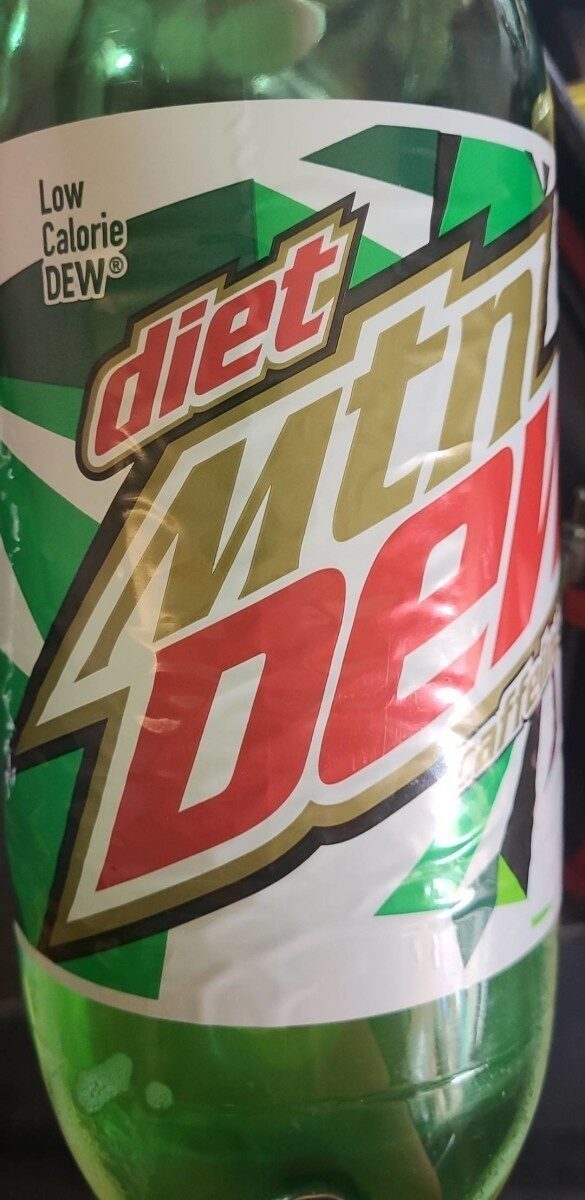Caffeine free Diet Mtn Dew - Mountain Dew
Ambiguous barcode: This product has a Restricted Circulation Number barcode for products within a company. This means that different producers and stores can use the same barcode for different products.
×
This product page is not complete. You can help to complete it by editing it and adding more data from the photos we have, or by taking more photos using the app for Android or iPhone/iPad. Thank you!
×
Barcode: 01254305
Brands: Mountain Dew
Brand owner: MTN DEW
Categories: Beverages, Carbonated drinks, Sodas
Countries where sold: United States
Matching with your preferences
Environment
Packaging
Transportation
Report a problem
Data sources
Product added on by org-database-usda
Last edit of product page on by wolfgang8741.
Product page also edited by kiliweb, yuka.sY2b0xO6T85zoF3NwEKvlkIfeP_csjvkPRPWiWmm-eaXF4XVffRSyJKjDas, yuka.sY2b0xO6T85zoF3NwEKvlktHDcuEuSP2CQX5pEKJ9P3XApe2P9ZV2dHZGao, yuka.sY2b0xO6T85zoF3NwEKvlm9rU_zmqwPvazzjmxzUyuiBM5fJMcNQ_ZHQGas, yuka.sY2b0xO6T85zoF3NwEKvlnR1WevB_DvhPjz6t1K3xOyWBaL5c8hg05DgLqs, yuka.sY2b0xO6T85zoF3NwEKvlnd9Aov6iRf_CEDnnlSI4tyJA4faZtJj_YP-bqo.







